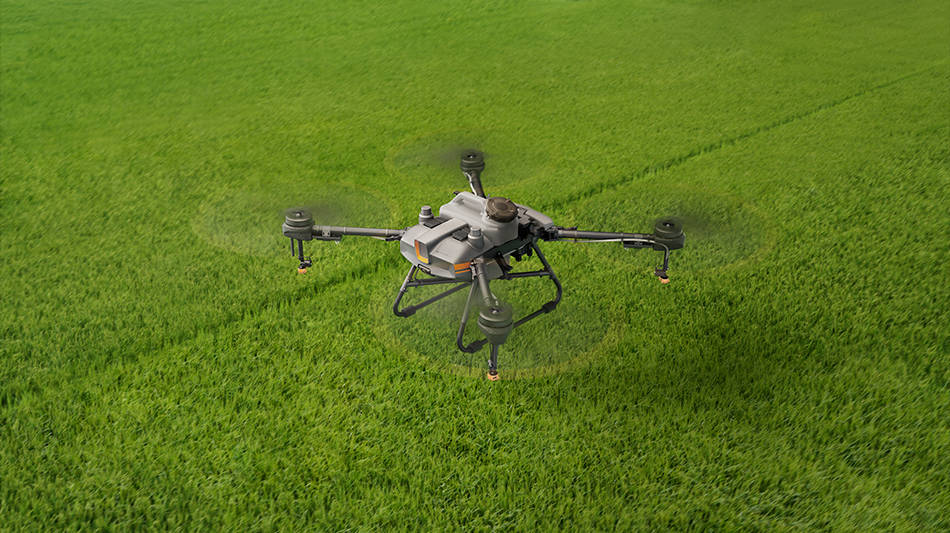The greenhouse industry is thriving, and the people’s lives are beautiful. Recently, in the vegetable industry park of Bianhe Village, rows of greenhouses were shining silver under the sunlight. Thousands of acres of greenhouses not only ensure the supply of vegetables in the city, but also broaden the happy path of industrial revitalization in Bianhe Village.
Planting a greenhouse is good, but what if the cost cannot be recovered? We can’t afford such a risk At the beginning of the mobilization work, village committee cadres encountered “soft nails”, and the villagers spoke out their concerns. At the village party branch meeting, after collective discussion, the party members decided to eat “crabs” for the first time and “set a pattern” for the villagers.
Efficiency is the best persuasiveness. After the greenhouse was put into operation, the annual income of a greenhouse was around 100000 yuan, giving villagers hope and the number of planters doubled. Nowadays, the planting area of Bianhe Vegetable Industrial Park has exceeded 6000 acres, with 412 modern greenhouses and greenhouses. It has been rated as a provincial-level vegetable standard park and a pollution-free agricultural product base in Anhui Province.
With the support and assistance of the Sixian County Government and the Changgou Town Party Committee, Bianhe Village actively cooperates with research institutions such as Anhui University of Science and Technology and Zhejiang Agricultural University, inviting experts from both inside and outside the province to guide farmers in the key nodes of vegetable production such as seedling cultivation, planting, and field management. The town also assigns agricultural technicians to “pair up” with farmers. Farmers can consult experts anytime through video or phone if they encounter any problems.
When she first started building a greenhouse to plant tomatoes in 2016, grower Wang Qingyan traveled to Shandong, Tianjin, and other places to investigate and study, consult online materials, and constantly explore and practice. In 2019, after planting tomatoes, he began intercropping vegetables and fruits such as watermelons, beans, and cantaloupes, and his “small trial” was successful. In 2021, Wang Qingyan attempted to adopt a “two season tomato and one season watermelon” planting model, and the path of technological innovation became wider and wider.
Rural revitalization first requires industrial revitalization, and the development of a place definitely needs to be driven by industries. In Bianhe Village, Changgou Town, we aim to develop tomato planting, drive the entire village and even the entire town’s industry to become bigger and stronger, and lead farmers to increase income and become rich, “said Wang Qi, the mayor of Changgou Town.







Please sign in to comment
register